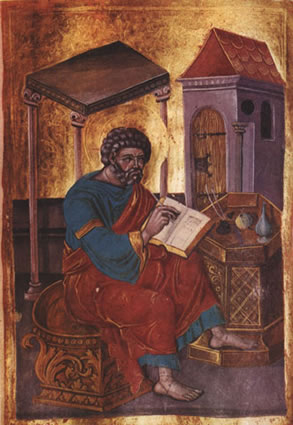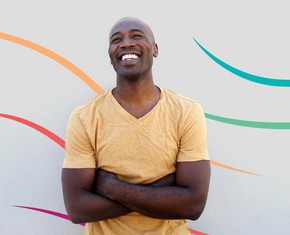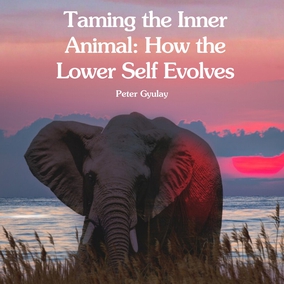The views expressed in our content reflect individual perspectives and do not represent the authoritative views of the Baha'i Faith.
The resurrections of the Divine Manifestations are not of the body. All Their states, Their conditions, Their acts, the things They have established, Their teachings, Their expressions, Their parables and Their instructions have a spiritual and divine signification, and have no connection with material things. – Abdu’l-Baha, Some Answered Questions, p. 103.
If we really want to understand the resurrection, we need to study the accounts in the Gospels.
We can learn a great deal about the resurrection by examining the gospel accounts in the order they were written. The Gospel of Mark, the first of the written gospels, did not contain an account of the resurrection. In his History of the Church the first great church historian Eusebius tells us that the resurrection account which now appears in Mark was added later by an author known as Aristion. The original account ended with Mary of Magdala, Salome, and Mary (the mother of James) finding a youth seated inside the empty tomb. The youth in the tomb told them that they should “go your way, tell His disciples and Peter that He goeth before you into Galilee: there shall ye see Him, as He said unto you.”
The next verse, which says they fled from the empty tomb, ends the account. In other words, Mark recounted no physical reappearance of Jesus to His disciples. Some argue that Mark implies a physical resurrection in this ending, but that represents only one of a spectrum of possible meanings. For example, the youth speaking may have been part of a party sent to retrieve the body and take it to Galilee. And his instruction to the women may have simply reinforced the message to go to the prearranged meeting place, as specified in Mark 14:28. It is not clear if the body they removed was dead or, due to the need to complete the crucifixion quickly, perhaps still alive, though gravely injured.
As we have seen, Mark recorded that when the three women went to the cave, they found it open and also found a youth sitting in the tomb. Matthew (28:2) recounts the same event differently. He mentions that only two women came to the tomb (he leaves Salome out), and that as they approached “there was a great earthquake: for the angel of the Lord descended from heaven, and came and rolled back the stone from the door, and sat upon it.”
Mark had said nothing of an earthquake, nor of an angel. As Matthew’s account (28:9) continues, the angel instructs the women to go and tell the disciples that Christ had risen from the dead. He says “as they went to tell His disciples, behold, Jesus met them saying, All hail. And they came and held Him by the feet and worshipped Him.” Later, it says that Jesus appeared on a mountain in Galilee to the eleven disciples: “And when they saw Him, they worshipped Him: but some doubted” (28:17).
Should we believe Mark’s version or Matthew’s? Given Matthew’s known penchant for exaggeration, as evidenced by his inflated recounting of Markan miracles,doesn’t Mark’s version of the same events seem more credible? Was Matthew catering to the public’s love and expectation of miracles, was he just relating some of the fantastic tales he had heard, or did he knit together literal and figurative accounts and leave it to readers to determine the interpretation?
These questions are not easy to answer, but some additional observations may help us find the truth. Matthew’s account is very Spartan. It contains no dialogue. The two Mary’s and the eleven disciples have nothing to say to Jesus, which is improbable, if Jesus were in the flesh. The action also jumps from place to place without explanation of the intervening steps. Jesus goes from the tomb, to Galilee, to nowhere. No account is given of where Jesus goes or what He does after He meets the two Mary’s, or after He meets the disciples. No final Ascension occurs. Lastly, the author mixes earthly and spiritual images in a way that leaves us constantly wondering which is which. Is he talking about a physical earthquake and angel — and what would a physical angel look like? Is the mountain in Galilee meant to refer to a physical mountain or a mountain of faith? Is the Lord physically or spiritually risen, and if physically, how could any disciple doubt?
Baha’is believe that those questions can only be answered by refusing to take these conflicting accounts literally. The next gospels, from Luke and John, make that conclusion even more strongly.
You May Also Like
Comments


















religion.”PUP 230 The ...counterfeit or imitation of true religion has adulterated
human belief, and the foundations have been lost sight of. The variance of these
imitations has produced enmity and strife, war and bloodshed. Pup 152